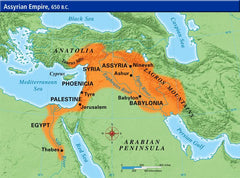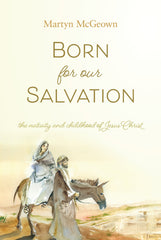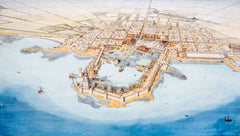Your cart is empty now.
The History of the Reformed Baptism Form (1)
The Reformed baptism form in the back of the 1912 Psalter has a glorious history that is rich in significance. In previous articles, we have traced the work of Peter Dantheen in compiling this great work. This group of articles will focus on the history of the form from Dantheen, through Dordt, to the New World, to the 1912 Psalter.The inspiration for this group of articles comes from Bastiaan Wielenga in his book, The Reformed Baptism Form: A Commentary. In that book, he cries out that the Reformed Churches return to the unadulterated baptism form passed at the great Synod. You can read the official version of the form on pages 11–17 of this book recently translated by the RFPA. When one reads this official version, one is quickly aware that the version in the Psalter of the Protestant Reformed Churches is very similar to that form. In the book Portraits of Faithful Saints we read: “The form we use in baptism came from his [Dantheen's] hand, although the Synod of Dordt in 1618–1619 added the section for the baptism of adults and made some minor changes in it.” (p. 235). During this four hundredth anniversary year of the Synod of Dordt, let us commemorate God's work of preserving this form which we use.











